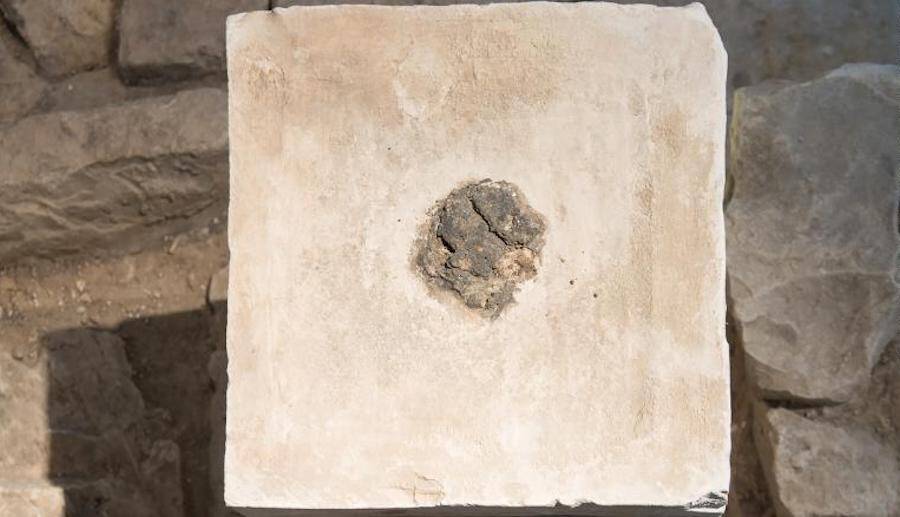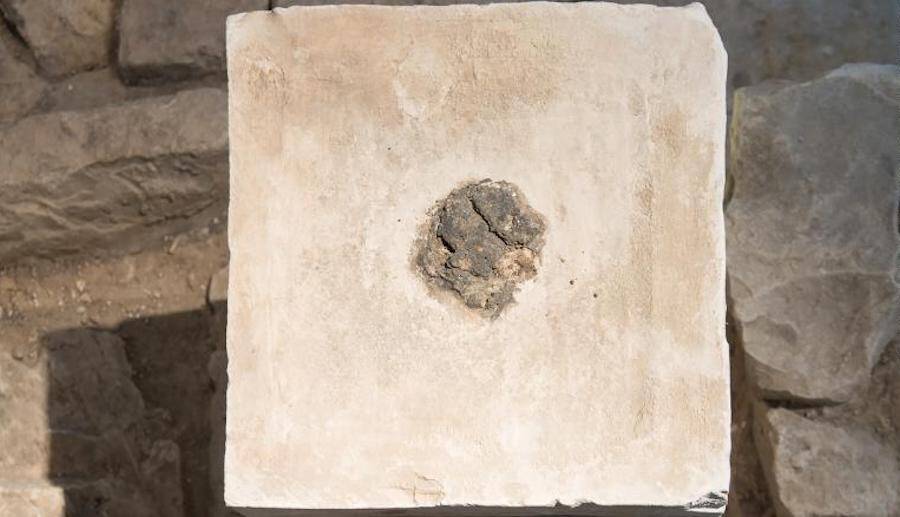“Ancient High: Archaeologists Unearth Shocking Evidence of Cannabis Rituals at 8th Century B.C. Biblical Shrine”

Israel MuseumFrankincense has been described in historic records as having been as valuable as gold or precious gems. Thus, using it regularly at Tel Arad was likely of extreme importance.
The Biblical cannabis contained enough tetrahydrocannabinol (THC) to have been psychoactive, with only inhalation of the fumes necessary to feel its effects. According to IFL Science, the value of frankincense as reflected in the Bible was regularly equated with that of gold or precious gems.
The dry tree resin was found to have been mixed with animal fats, which allowed it to burn at higher temperatures. Both frankincense and myrrh, another form of tree resin, have been well-documented in Biblical and historical texts before, as a result of trade through southern Arabia.
“But cannabis is completely new for understanding incense burning in this region, and in Judah in particular,” said Arie.
While it remains unknown how cannabis arrived in Tel Arad, archaeobotanist Robert Spengler of Germany’s Max Planck Institute for the Science of Human History believes early Silk Road trade routes from central and eastern Asia did the trick.
For Shimon Gibson of the University of North Carolina at Charlotte, this fascinating research has opened brand new doors of perception. This is, after all, the first direct evidence that frankincense and cannabis were burned on Iron Age altars in the Middle East – with countless other sites resembling them.
“It’s interesting to think of the priests officiating at these altars getting high,” he pondered.
After learning about the oldest known instance of ritualistic cannabis use being discovered at Israel’s Tel Arad shrine, read about study that found chemotherapy is more effective when used alongside cannabis. Then, learn about psilocybin mushrooms potentially holding the key to treating PTSD and depression.




















